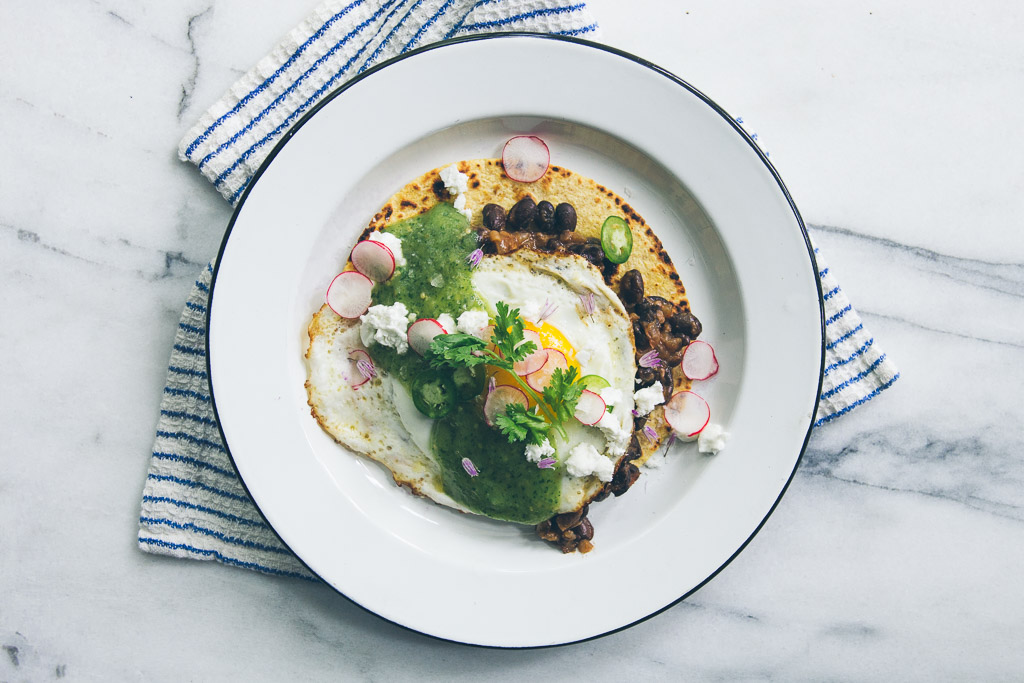For most of my life spaghetti and meatballs didn’t rank among the meals I consider comfort food. I did not grow up eating this ubiquitous dish. Unless, of course, you include the many cans of SpaghettiOs with Meatballs I ate as a kid. (Since soggy canned pasta seems like it shouldn’t count as food, I’m inclined not to.)
I didn’t like real spaghetti and meatballs until I tasted the superlative version served at La Medusa several years ago. Shortly after that, my friend Molly introduced me to the marvel that is a Cafe Lago meatball.
For those of you who’ve never had the pleasure of sampling the meatballs served at this Seattle institution, I can tell you they are the real deal. The perfect blend of beef, pork, herbs, spices and salty parmesan, these meatballs are so juicy and tender they barely benefit from the addition of pasta or sauce.
I was hooked.
I may be late to the game, but I like to think I’m making up for lost time in my culinary exploration of the world’s great meatballs. In addition to all manner of Italian meatballs, I’ve made Moroccan kefta, studded with chiles and preserved lemon. Turkish dumplings with garlicky lamb meatballs inside. Thai-spiced pork meatballs with Sriracha aioli. Persian koofteh bound with basmati rice and fragrant with mint.
The common thread that ties all these savory spheres of ground meat together is their no-frills origins. Try as one might, there’s no disguising the meatball’s utilitarian roots: a little leftover meat, minced and tossed with an egg, yesterday’s bread crumbs and a few spices for good measure.
It’s precisely this everything-but-the-kitchen-sink flexibility that makes the meatball so appealing. There’s no end to the number of flavors meatballs can accommodate, making them the perfect vehicle for using up whatever odds and ends are floating around the kitchen.
When I opened my fridge yesterday, I found a few scallions, a couple lemons, some random herbs and a pile of zucchini balancing precariously on the edge of usability. I remembered a delicious turkey burger recipe from my favorite cookbook and--voilà!--these meatballs were born.
I’m calling these a Simple Supper because if you own a food processor, they come together in a flash. You can mix up the tangy, garlicky yogurt sauce while the meatballs are in the oven. Add a green salad or a few crudités for dipping in the yogurt and you’ve got a meal.
It may have taken me a while to discover how comforting the humble meatball can be. But I’m proud to report I’d now take a plate of homemade meatballs over a can of microwaved SpaghettiOs any day.
Zucchini and Chicken Meatballs with Fresh Herbs
- 1 large zucchini
- 2 teaspoons coarse sea salt)
- 2 cloves garlic
- ¼ cup loosely packed mint leaves
- ¼ cup loosely packed cilantro leaves
- 2 tablespoons loosely packed parsley leaves
- 2 lbs ground chicken (dark meat)
- 3 green onions, green part only, thinly sliced
- 2 tablespoons finely grated parmesan
- ¼ cup almond meal
- 2 teaspoons cumin seed, toasted and ground
- ½ teaspoon chile flakes
- 1 large egg
- Olive oil for sautéing
- 1/2 cup loosely packed mixed herbs such as mint, cilantro, parlsey, dill or basil (I used cilantro and dill)
- Finely grated lemon zest, to garnish
- Garlic-Sumac Yogurt, to serve (recipe below)
*Notes: I always double grind the meat when I’m making meatballs; it yields a more tender, juicy meatball that is less likely to fall apart when you cook it. I either ask the butcher to do it for me or just throw regular ground meat in my food processor for about 20 seconds to get a finer texture and more even distribution of fat. Of course, it’s not the end of the world if you don’t double-grind the meat, but I find it makes a much better meatball.
- If you don’t have a food processor, you can ask your butcher to double grind the chicken. Grate the zucchini on the large holes of a box grater before salting and draining. Then mince the garlic by hand and roughly chop the herbs before adding them to the ground chicken.
- These meatballs freeze beautifully. Once you have them formed, put them on a parchment-lined sheet pan and place them in the freezer. Once frozen, transfer the meatballs to a resealable bag. They will keep for up to two months in the freezer. They can be browned from frozen, but will require more time in the oven.
- If you don't need these meatballs to be gluten-free, you can replace the almond meal with dried breadcrumbs.
Grate the zucchini using the shredding disk of your food processor. Place the grated zucchini in a colander or a mesh strainer set over a bowl. Sprinkle with 1 teaspoon of the salt. Set aside to drain for at least 15 minutes.
Place the drained zucchini in a clean kitchen towel and wring to dry. You want to remove as much water as possible so your meatballs don’t fall apart when you cook them. Place the zucchini in a large mixing bowl.
Remove the shredding disk from your food processor and insert the s-shaped blade. Add the garlic and process to roughly chop it. Add the mint, cilantro and parsley and process until roughly chopped. Add the chicken and process for 20 seconds more, until the fat is more evenly distributed in the meat. Transfer the chicken mixture to the bowl with the zucchini. Add the green onion, 1 more teaspoon of salt, the parmesan, almond meal, ground cumin, chile flakes and egg. Mix well to combine. Use a two-tablespoon scoop to shape the mixture into balls. Place on a parchment-lined sheet pan and chill for at least 20 minutes.
Preheat the oven to 400F.
Heat a large, heatproof skillet (preferably cast iron or carbon steel) over medium heat. Add enough olive oil to generously coat the bottom. When the oil is shimmery, add the meatballs. Cook, turning as necessary until the meatballs are nicely browned, adding more oil to the pan if necessary.
Transfer the pan to the oven and cook until the meatballs are no longer pink in the middle, about 10 minutes longer. (You can cut into one to check doneness.)
To serve, sprinkle the meatballs with fresh herbs and lemon zest and accompany with Garlic-Sumac Yogurt.
Makes about 30 meatballs, 6-8 servings.
Adapted from Yotam Ottolenghi and Sami Tamimi.
Garlic-Sumac Yogurt
2 cups Greek yogurt
2 cloves garlic, grated on a microplane or minced
2 teaspoons ground sumac
2 tablespoons best quality extra virgin olive oil
1 teaspoon finely grated lemon zest
2 teaspoons lemon juice
Generous pinch sea salt
*Note: If you can't find sumac, you can leave it out. The yogurt will still be delicious.
Combine all the ingredients in a medium bowl and whisk well to combine. Taste and adjust seasonings to taste.
Makes about 2 cups.
Adapted from Yotam Ottolenghi and Sami Tamimi.

























